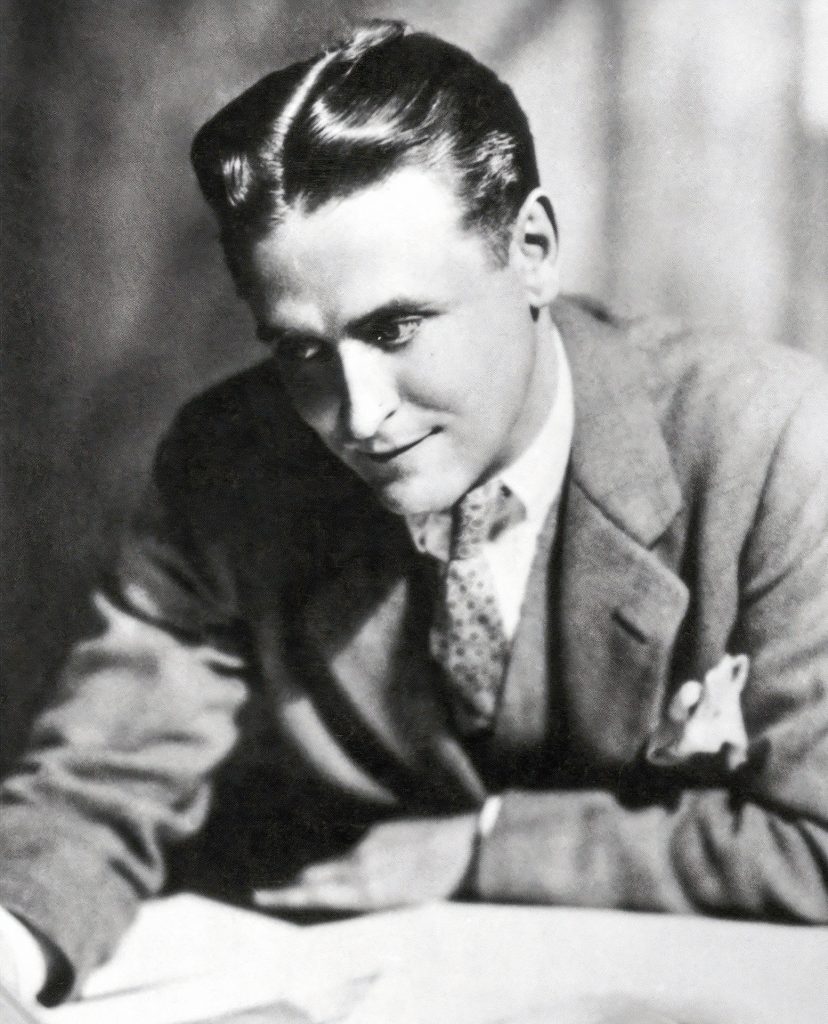In 1939, F. Scott Fitzgerald was suffering from ill health and struggling to make a living as a screenwriter in Hollywood.
While his early novels This Side of Paradise and The Beautiful and Damned had skyrocketed him to fame during the splendid years of the Jazz Age, that fame was short-lived.
It’s hard to believe now, but The Great Gatsby published in 1925 was a commercial flop selling only 20,000 copies.
His novel Tender is the Night, published in 1934, sold even fewer, a mere 12,000 copies.
Yet, despite these disappointments, Fitzgerald didn’t abandon his writing.
He had an idea for a new story that he believed could become the greatest novel he’d ever written and restore him to his place as one of America’s most renowned writers.
But there was one problem. His failing health meant he couldn’t work on it alone.
So that spring he contacted an employment agency to help him find a secretary.
And that’s how 22-year-old Frances Kroll, newly arrived in Los Angeles, came to get a behind the scenes peek at how Fitzgerald wrote a novel.
Many years later, Kroll wrote a memoir Against the Current: As I Remember F. Scott Fitzgerald. She shared her experience working with Fitzgerald during the last twenty months of his life on the book he hoped would be his magnum opus.
I discovered this memoir this past year and found it to be a fascinating glimpse into the mind of this famous writer.
By analyzing Kroll’s anecdotes about working with Fitzgerald, I was able to reconstruct his writing process.
Best of all, this led me to uncover invaluable lessons that I believe can help any writer whether you’re just starting out or are looking to refine your craft.
So, did Fitzgerald succeed in finishing this book before he died? Did it end up eclipsing the storytelling of The Great Gatsby?
Keep reading to find out and get a peek into Fitzgerald’s writing process. If you prefer watching to read, you can watch the video version of this blog post below.




